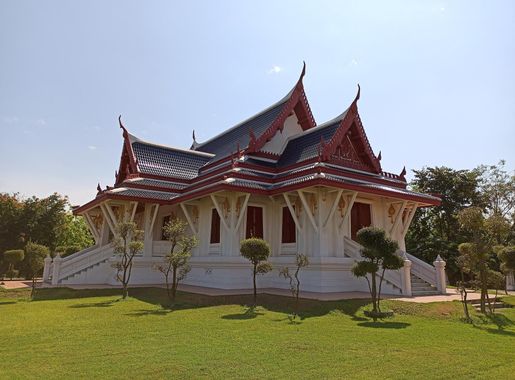
Lumbini: The Birthplace of Buddha
Discover the serene birthplace of Buddha in Lumbini, Nepal—a UNESCO World Heritage Site filled with ancient temples, monasteries, and rich cultural heritage.
Lumbini is a sacred city in the southwestern region of Nepal, known as the birthplace of Siddhartha Gautama, who became Buddha. This serene and spiritual destination attracts pilgrims and tourists from around the world. The city is recognized as a UNESCO World Heritage Site, and it is a must-visit for those interested in Buddhism and history. The main attraction in Lumbini is the Maya Devi Temple, which marks the exact spot where Queen Maya Devi gave birth to Buddha. The temple complex is surrounded by beautiful gardens and ancient ruins, creating a peaceful and reflective atmosphere. Nearby, the Sacred Garden is home to the Ashoka Pillar, erected by the Indian Emperor Ashoka in the 3rd century BC, commemorating his visit to the holy site. Lumbini also boasts several monasteries built by Buddhist communities from various countries, each showcasing unique architectural styles and cultural heritage. The Lumbini Museum offers further insight into the life and teachings of Buddha, as well as the history of the area. The tranquil surroundings and spiritual significance of Lumbini make it an ideal destination for meditation and reflection. In addition to its religious and historical significance, Lumbini is surrounded by natural beauty. The nearby Lumbini Crane Sanctuary is a haven for birdwatchers, while the peaceful rural landscape offers opportunities for relaxing walks and exploration. Visiting Lumbini provides a unique and enriching experience, blending spiritual discovery with cultural and natural exploration.
Local tips in Lumbini
- Visit early in the morning to avoid crowds and enjoy the calm atmosphere.
- Wear comfortable shoes, as you will be walking a lot while exploring the temple complex and gardens.
- Respect the local customs and dress modestly, especially when visiting religious sites.
- Hire a local guide to gain deeper insights into the history and significance of each site.
- Carry water and stay hydrated, as the climate can be warm and dry.
- Take time to meditate in the peaceful surroundings to fully appreciate the spiritual ambiance.
- Explore the monasteries built by different countries to experience diverse Buddhist cultures and traditions.
Lumbini: The Birthplace of Buddha
Lumbini is a sacred city in the southwestern region of Nepal, known as the birthplace of Siddhartha Gautama, who became Buddha. This serene and spiritual destination attracts pilgrims and tourists from around the world. The city is recognized as a UNESCO World Heritage Site, and it is a must-visit for those interested in Buddhism and history. The main attraction in Lumbini is the Maya Devi Temple, which marks the exact spot where Queen Maya Devi gave birth to Buddha. The temple complex is surrounded by beautiful gardens and ancient ruins, creating a peaceful and reflective atmosphere. Nearby, the Sacred Garden is home to the Ashoka Pillar, erected by the Indian Emperor Ashoka in the 3rd century BC, commemorating his visit to the holy site. Lumbini also boasts several monasteries built by Buddhist communities from various countries, each showcasing unique architectural styles and cultural heritage. The Lumbini Museum offers further insight into the life and teachings of Buddha, as well as the history of the area. The tranquil surroundings and spiritual significance of Lumbini make it an ideal destination for meditation and reflection. In addition to its religious and historical significance, Lumbini is surrounded by natural beauty. The nearby Lumbini Crane Sanctuary is a haven for birdwatchers, while the peaceful rural landscape offers opportunities for relaxing walks and exploration. Visiting Lumbini provides a unique and enriching experience, blending spiritual discovery with cultural and natural exploration.
When is the best time to go to Lumbini?
Iconic landmarks you can’t miss
Maya Devi Temple
Explore the serene Maya Devi Temple in Lumbini, the revered birthplace of Buddha, and immerse yourself in a rich tapestry of spirituality and history.
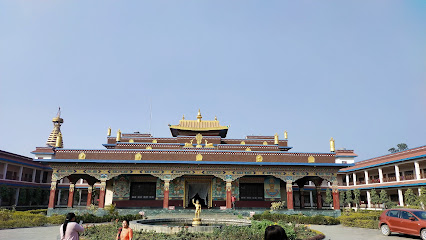
World Peace Pagoda
Explore the tranquility of the World Peace Pagoda in Lumbini, a beacon of spiritual harmony and breathtaking architecture amidst serene gardens.
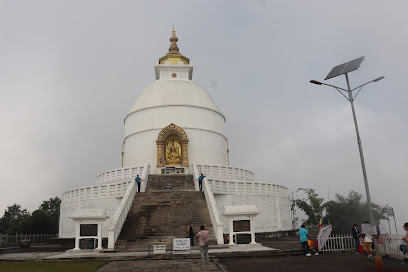
Hill Park
Discover the natural beauty and cultural treasures of Hill Park in Butwal, a perfect destination for hiking, relaxation, and family fun.
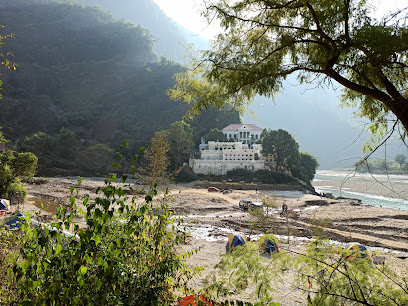
Rani Mahal
Discover the enchanting Rani Mahal in Tansen, a historical landmark showcasing Nepal's rich heritage and breathtaking views.
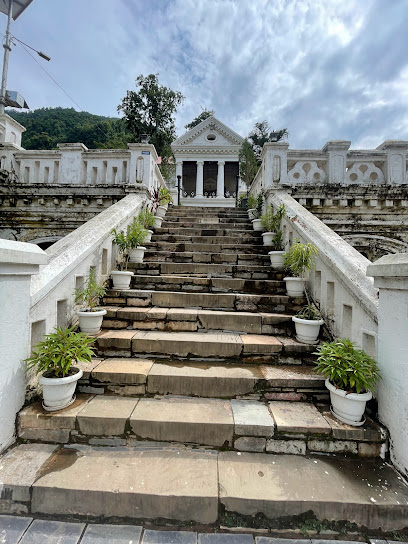
Thai Monastery
Discover the Royal Thai Monastery in Lumbini, a serene Buddhist temple showcasing stunning architecture and a tranquil atmosphere amidst lush gardens.
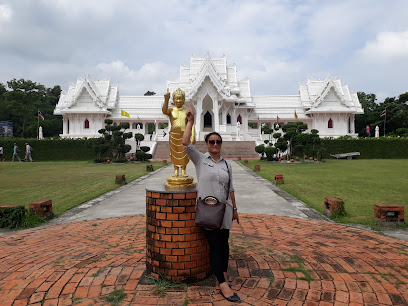
Birthplace of Gautama Buddha
Discover the spiritual heart of Nepal at Lumbini, the birthplace of Gautama Buddha, a UNESCO World Heritage site rich in history and tranquility.
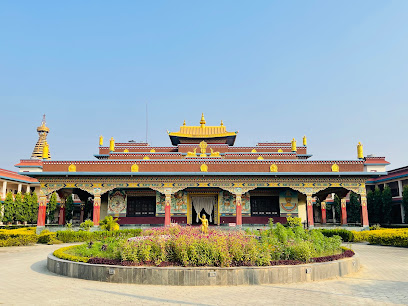
Myanmar Golden Temple
Explore the stunning Myanmar Golden Temple in Lumbini, a UNESCO World Heritage site that embodies peace, spirituality, and exquisite Buddhist architecture.
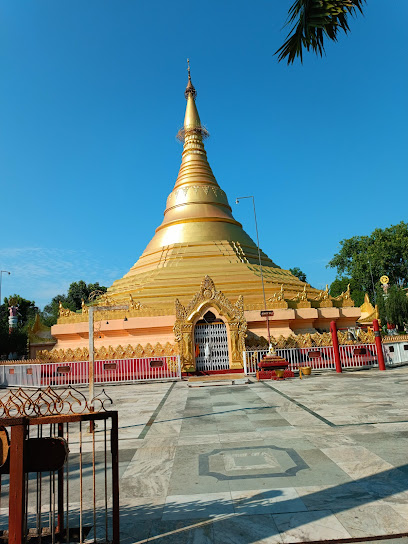
Lumbini Bus Park
Explore Lumbini Bus Park, the vibrant hub connecting travelers to the serene birthplace of Buddha and the rich cultural heritage of Nepal.
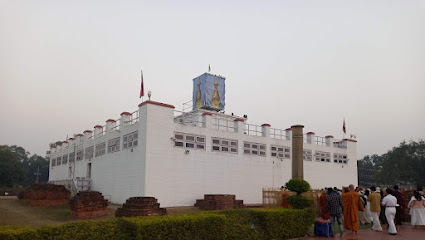
Jitgadi Fort - National Heritage
Discover the historical significance and breathtaking views of Jitgadi Fort, a national heritage site in Butwal, Nepal, perfect for history enthusiasts and nature lovers alike.
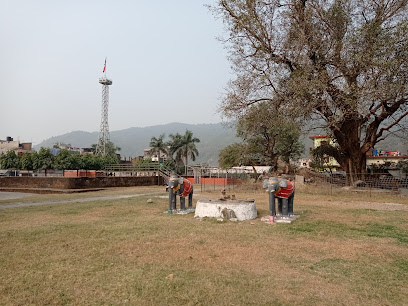
Cambodia Lumbini Buddhist Temple
Discover the serene beauty and spiritual significance of Cambodia Lumbini Buddhist Temple, a UNESCO World Heritage Site rich in history and culture.
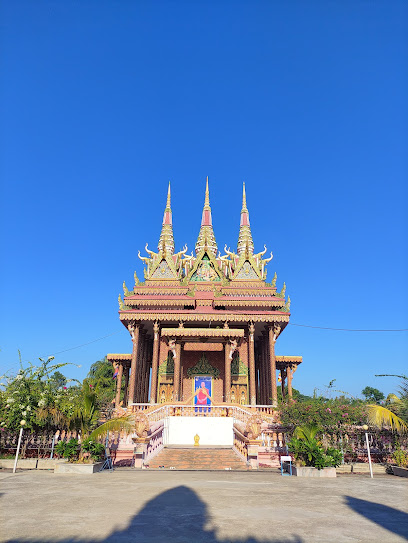
Lumbini Village Lodge
Experience the serene ambiance of Lumbini Village Lodge, the ideal retreat for exploring the spiritual heart of Nepal.

Buddha Maya Hotel Palace Pvt. Ltd.
Discover tranquility and modern comfort at Buddha Maya Hotel Palace Pvt. Ltd. in Lumbini, the birthplace of Buddha, a UNESCO World Heritage Site.
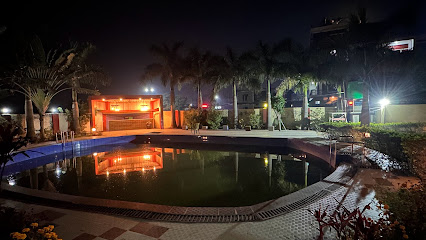
Dhamma Janani Vipassana Meditation Centre
Experience tranquility and mindfulness at Dhamma Janani Vipassana Meditation Centre in Lumbini, a serene Buddhist temple for meditation and spiritual growth.
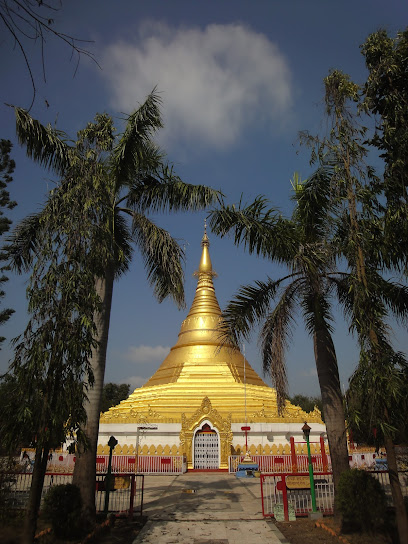
Kapilvastu Museum
Explore the Kapilvastu Museum, a fascinating archaeological museum dedicated to the life of Buddha and the rich heritage of ancient Nepal.
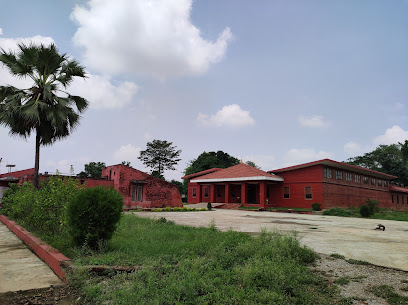
Hotel Suramma
Discover tranquility and comfort at Hotel Suramma in Lumbini, the sacred birthplace of Lord Buddha, perfect for your spiritual journey.

Unmissable attractions to see
Maya Devi Temple
Explore the serene Maya Devi Temple in Lumbini, the birthplace of Buddha, where spirituality and history intertwine in a tranquil garden setting.
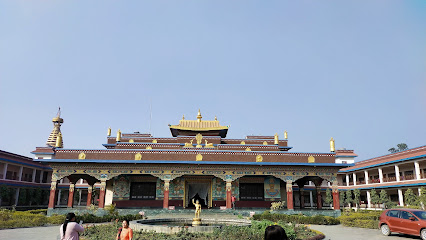
World Peace Pagoda
Explore the World Peace Pagoda in Lumbini, a UNESCO World Heritage Site symbolizing peace and tranquility in the heart of Buddhist heritage.
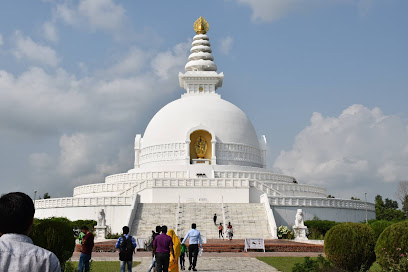
Supa Deurali Temple
Experience the spiritual serenity and cultural richness of Supa Deurali Temple in Sitapur, a hidden gem of Nepal for every traveler.
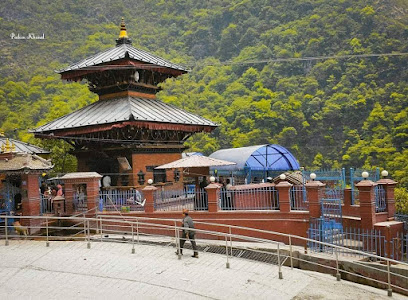
Rani Mahal
Explore Rani Mahal, a historical treasure in Tansen, Nepal, showcasing stunning architecture and rich cultural heritage along the Kali River.
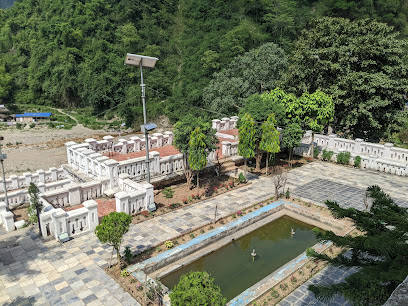
Manimukunda Sen Park
Explore the serene beauty of Manimukunda Sen Park in Butwal, a perfect blend of nature, relaxation, and local culture.
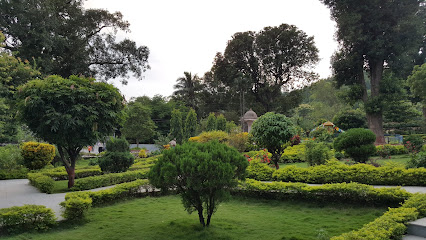
Begnas Lake
Discover the tranquil beauty and cultural richness of Begnas Lake, a serene retreat in Nepal perfect for relaxation and adventure.
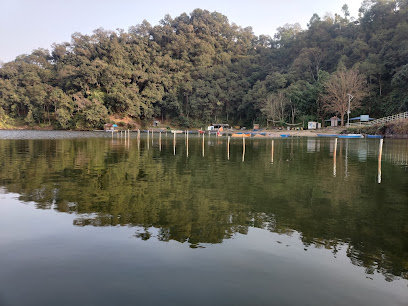
Birthplace of Gautama Buddha
Explore Lumbini, the serene birthplace of Gautama Buddha, a UNESCO World Heritage site rich in history, spirituality, and breathtaking landscapes.
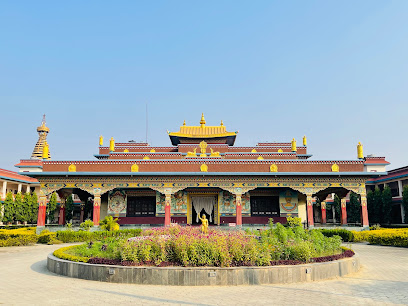
Myanmar Golden Temple
Discover the serene beauty of Myanmar Golden Temple in Lumbini, a sacred site of Buddhism that invites spiritual reflection and cultural appreciation.

Lumbini Museum
Discover the profound history of Buddhism at the Lumbini Museum, a cultural gem in the birthplace of Lord Buddha.
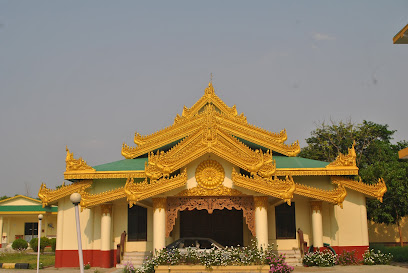
Eternal Peace Flame
Experience tranquility and spiritual reflection at the Eternal Peace Flame, a significant Buddhist temple in the heart of Lumbini.

View Point of Bhalu Pahad
Discover breathtaking vistas at Bhalu Pahad View Point, a must-visit destination for nature lovers and adventure seekers in Phedi Khola, Nepal.
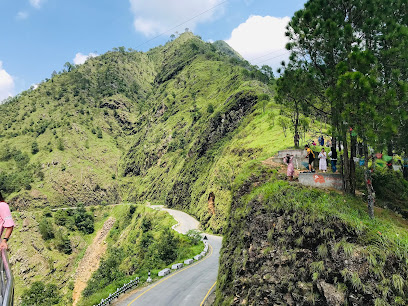
Kahunkot Viewpoint
Discover the breathtaking views of the Annapurna range and Pokhara valley at Kahunkot Viewpoint, a hidden gem perfect for nature lovers.
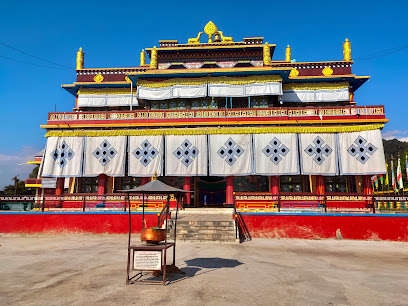
Thulakot hill
Discover the natural beauty and serene landscapes of Thulakot Hill, a must-visit tourist attraction in Kalika, Nepal, perfect for hiking and relaxation.
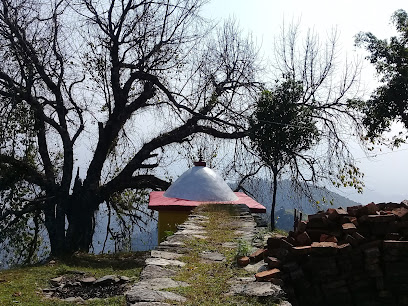
Haredanda View Point
Discover breathtaking Himalayan views and serene landscapes at Haredanda View Point in Pokhara, a must-visit destination for nature lovers.

Little Buddha Statue
Experience the serene beauty of the Little Buddha Statue in Lumbini, a UNESCO World Heritage Site and the birthplace of Buddhism.
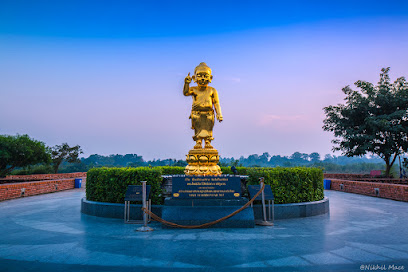
Essential places to dine
Galaxy Cafe
Discover delightful flavors at Galaxy Cafe in Butwal—where local cuisine meets international flair in a cozy setting.
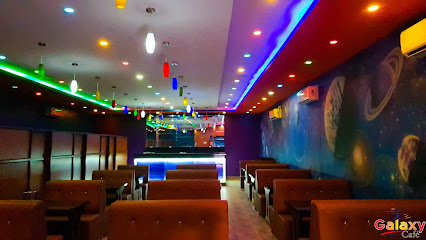
lumbini invitation 365 restaurent
Experience delicious local flavors at Lumbini Invitation 365 Restaurant - where culinary tradition meets family-friendly dining in the heart of Lumbini.
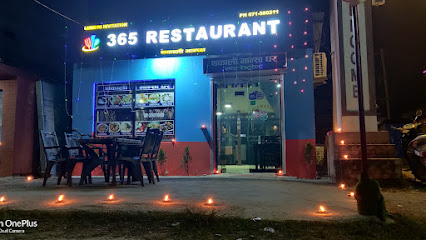
The Lavish Lounge and Bar
Experience Butwal's vibrant culinary scene at The Lavish Lounge and Bar with exquisite dishes and an inviting atmosphere.
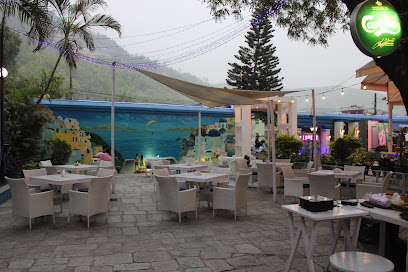
Aagan Restaurant and Thakali Ghar
Experience authentic Thakali cuisine at Aagan Restaurant and Thakali Ghar in Siddharthanagar - where every dish tells a story.
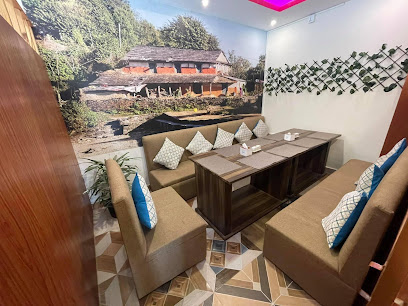
Hotel lumbini
Discover authentic Nepali flavors at Hotel Lumbini in Baireni – where great food meets serene surroundings.
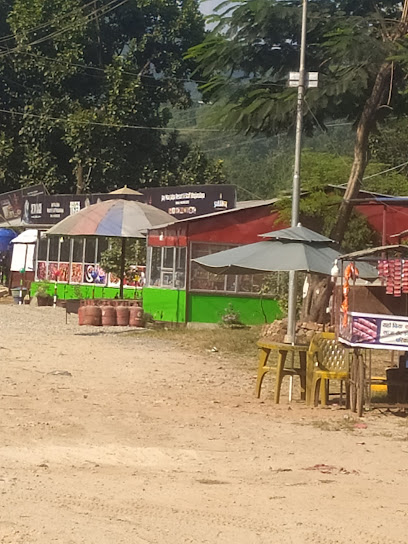
Lumbini Lokpriya Tndoori Bhojanalaya
Discover authentic Indian flavors at Lumbini Lokpriya Tndoori Bhojanalaya in Kathmandu - where every dish tells a story.

Lumbini Line Hotel Ramnagar
Experience authentic Nepali flavors at Lumbini Line Hotel Ramnagar along the scenic Narayanghat-Mugling Highway.
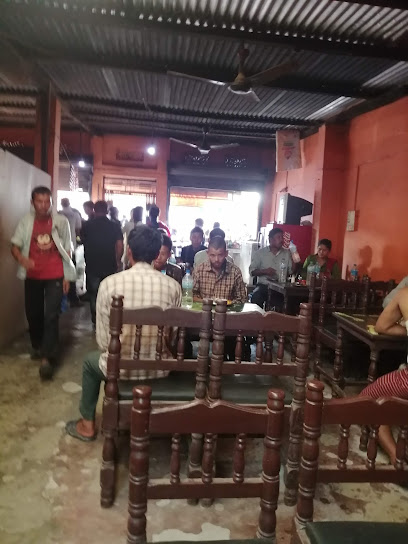
Sat Saheb Pure Vegetarian and vegan Food
Discover the vibrant flavors of vegetarian and vegan cuisine at Sat Saheb in Lumbini – where health meets tradition in every dish.

Hotel Ananda Inn
Discover comfort and cultural heritage at Hotel Ananda Inn in Lumbini – your home away from home in the birthplace of Buddha.
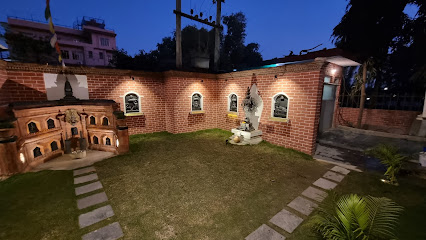
The Doko Restaurant & Bar
Experience authentic Nepali flavors at The Doko Restaurant & Bar in Lumbini – where every meal tells a story.
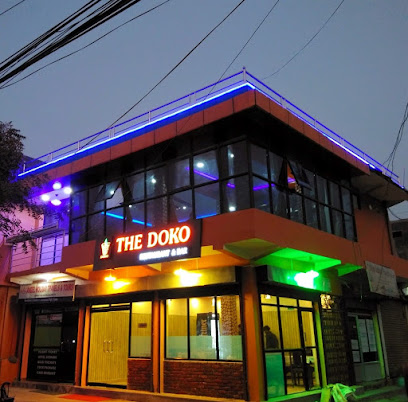
Black Stone Cafe & Restaurant
Experience authentic Nepali flavors at Black Stone Cafe & Restaurant in Lumbini – where culinary traditions meet warm hospitality.

Jamune Hilltop Restaurant
Experience authentic Nepali cuisine with breathtaking hilltop views at Jamune Hilltop Restaurant in Pipaldanda.
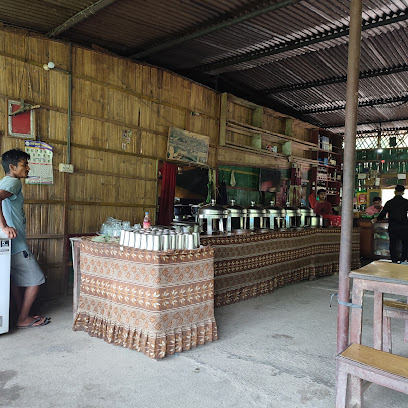
Punjabi dhaba lodge and restaurant
Discover authentic Punjabi cuisine at Punjabi Dhaba Lodge and Restaurant in Lumbini - a perfect blend of flavors and hospitality.
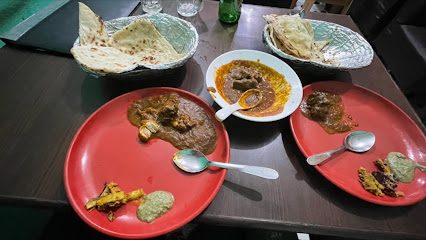
Himchuli Party Palace Hotel And Restaurant PVT.LTD
Experience authentic Nepali cuisine and warm hospitality at Himchuli Party Palace Hotel and Restaurant in Butwal.
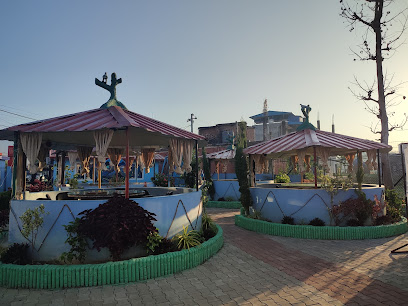
Royal Lumbini Cottage & Family Restaurant
Savor authentic Nepali cuisine at Royal Lumbini Cottage & Family Restaurant—where flavor meets tradition in Siddharthanagar.
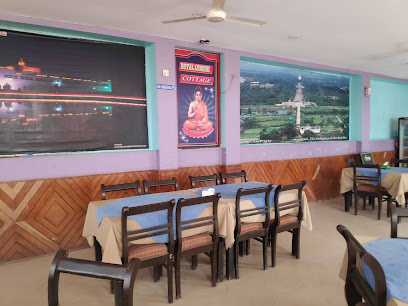
Markets, malls and hidden boutiques
Lumbini Sports House
Discover top-quality sportswear and engage in exciting sports activities at Lumbini Sports House in Butwal, Nepal.
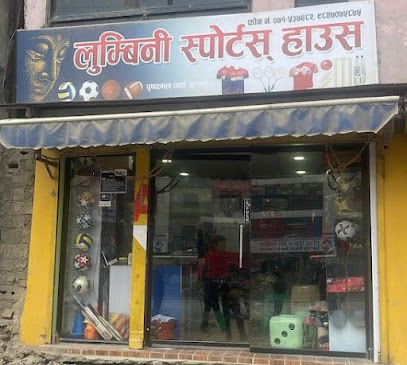
Hamro Palpali Sun Chandi Pasal
Explore Hamro Palpali Sun Chandi Pasal: A Jewel of Siddharthanagar showcasing exquisite handcrafted jewelry reflecting Nepal's rich culture.
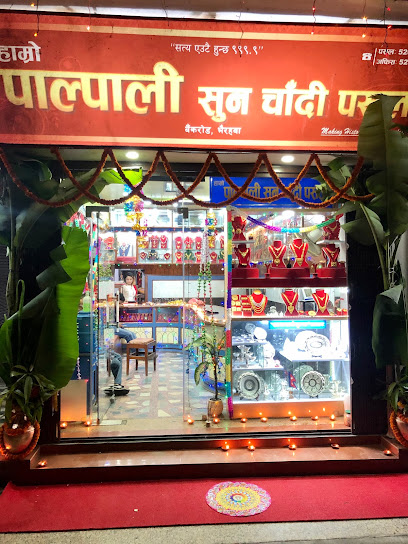
Lumbini Pooja Samagri Bhandar
Explore Lumbini Pooja Samagri Bhandar in Butwal for a unique selection of religious goods and immerse yourself in Nepal's spiritual culture.
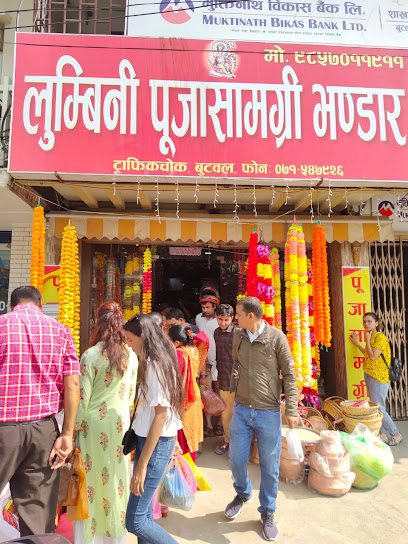
Royal Lumbini Bakery Cafe
Experience the rich flavors of Royal Lumbini Bakery Cafe, where fast food meets gourmet cakes and aromatic coffee in Siddharthanagar.
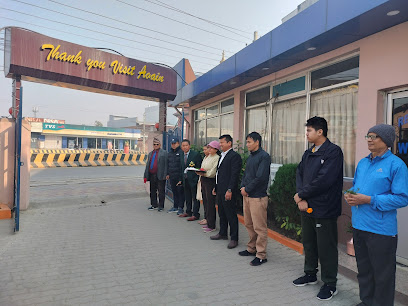
Lumbini Handicraft
Discover the essence of Nepalese art at Lumbini Handicraft, where every piece reflects the rich cultural heritage of the Himalayas.

Lumbini Electronics
Explore Lumbini Electronics in Tansen, Nepal – your ultimate destination for all electronic needs, ensuring a seamless travel experience.
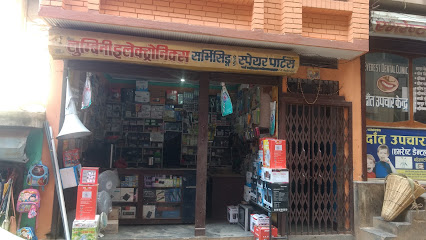
New Lumbini Traders And Suppliers
Discover quality health and beauty essentials at New Lumbini Traders And Suppliers in Butwal, your local wellness destination.
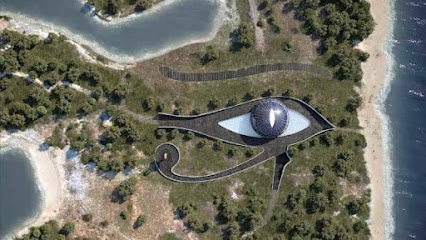
NEPAL ELECTRICAL AND REWINDING WORKS
Discover the vibrant electronics culture at Nepal Electrical and Rewinding Works, where local craftsmanship meets modern technology in Tilottama.
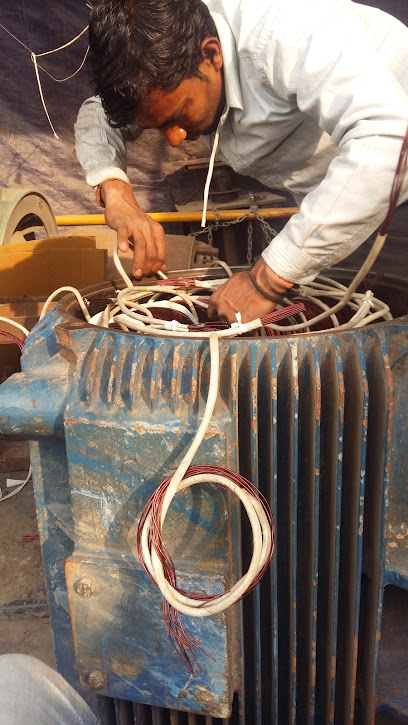
Maurya Kirana Store
Experience the authentic taste of India at Maurya Kirana Store, where every ingredient tells a story and every visit is an adventure.
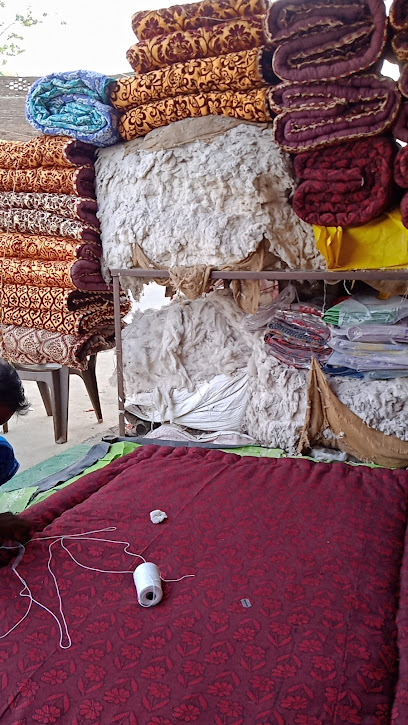
Lumbini Shopping Center
Discover the vibrant Lumbini Shopping Center in Butwal, where shopping meets culture, offering a delightful experience for all visitors.

Ravi Supplayer
Explore local flavors and essentials at Ravi Supplayer, the perfect supermarket for tourists in Lumbini, Nepal.
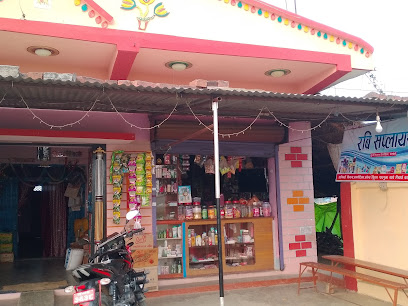
Lumbini Furniture bazar
Discover unique and beautifully crafted furniture at Lumbini Furniture Bazar, the heart of shopping in Butwal, Nepal.
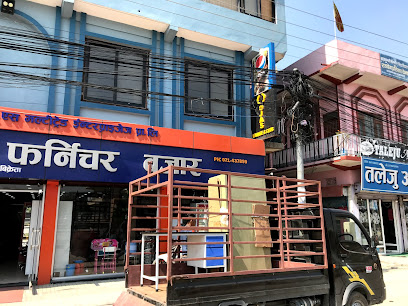
The Lumbini Traders
Explore The Lumbini Traders in Banaganga for unique local crafts and souvenirs, embracing the culture of Nepal in every purchase.
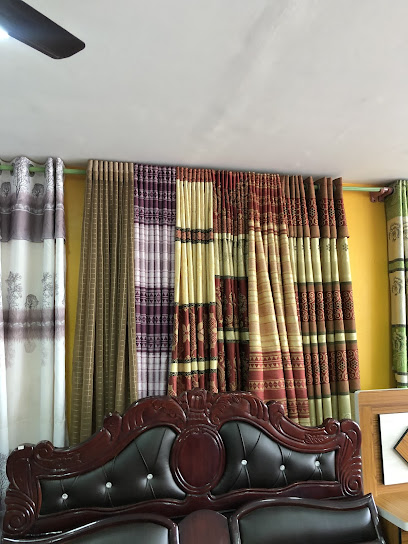
LUMBINI EXPORT HOUSE
Discover the essence of Nepalese craftsmanship at Lumbini Export House, where exquisite jewelry and handcrafted treasures await in Thamel, Kathmandu.
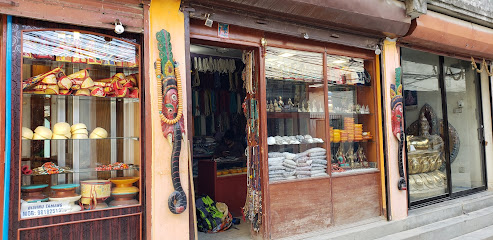
Basanti cosmetic fancy and general store
Explore health and beauty at Basanti Cosmetic Fancy and General Store in Lumbini - your one-stop shop for quality products and local favorites.
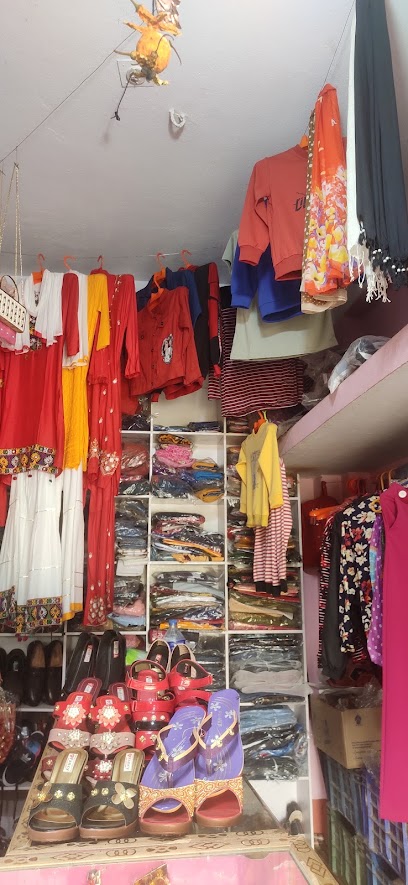
Essential bars & hidden hideouts
The Lavish Lounge and Bar
Experience exquisite dining and vibrant atmosphere at The Lavish Lounge and Bar in Butwal, where culinary delights meet elegance.
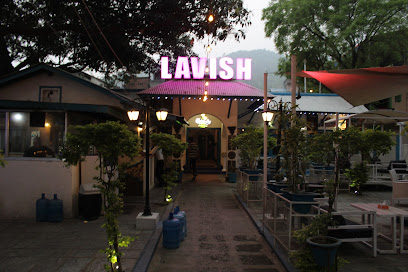
The Doko Restaurant & Bar
Experience a blend of tradition and modernity at The Doko Restaurant & Bar, a culinary highlight in the heart of Lumbini.
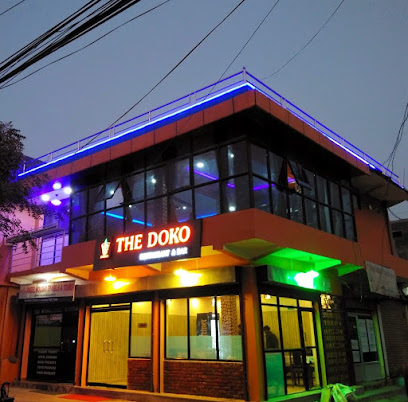
Lumbini Party Palace Restaurant & Lodge
Discover the flavors of Lumbini at Lumbini Party Palace Restaurant & Lodge, where culinary tradition meets serene hospitality in Buddha's birthplace.

Staff Hotal Pr.Mr. Om Praksh Bhandari
Discover the lively atmosphere and local flavors at Staff Hotal Pr. Mr. Om Praksh Bhandari, the perfect bar for tourists in Laxmipur.
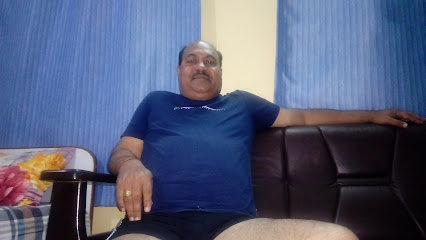
Bhusal Restaurant & Bar
Experience the vibrant flavors and lively atmosphere of Bhusal Restaurant & Bar in Lalmatiya, where local cuisine meets refreshing drinks.

NEW DINESH POUDEL NEPAL .DANG
Discover the lively atmosphere and local flavors at New Dinesh Poudel Nepal, a must-visit bar in Lalmatiya for tourists seeking a vibrant experience.
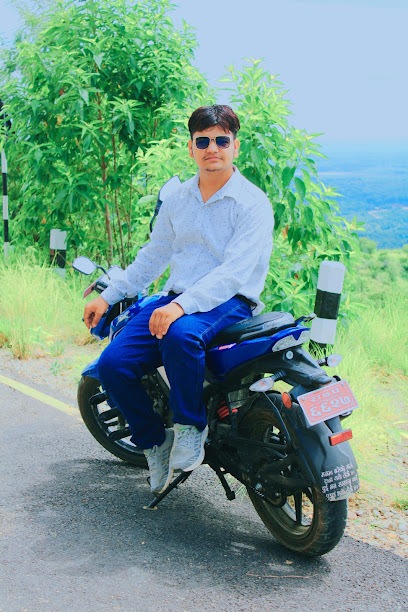
विशाल क्षेत्री
Experience the lively ambiance and delightful drinks at विशाल क्षेत्री, Bandikot's premier bar for relaxation and socializing.
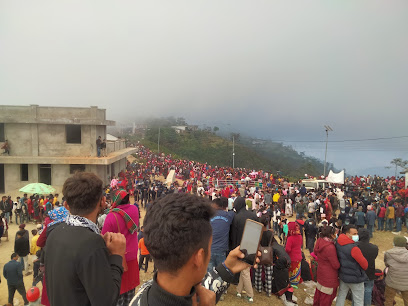
Maniram bhandari
Experience the vibrant nightlife at Maniram Bhandari, Lalmatiya's favorite bar, offering a delightful selection of drinks and live entertainment.

Hauz khas cafe
Discover the vibrant nightlife and local culture at Hauz Khas Cafe in Pyuthan, Nepal, where great drinks and an inviting atmosphere await.

I Do hotel ️
Discover the charm of Nayagaun at I Do Hotel, where local hospitality meets a cozy bar atmosphere perfect for relaxation and socializing.

Yo China
Experience the vibrant ambiance and unique flavors at Yo China, Rampur's premier bar for locals and tourists alike.

ABC HOTEL
Experience the vibrant ambiance of ABC Hotel's bar in Lamahi, where delightful drinks and a cozy atmosphere await every traveler.
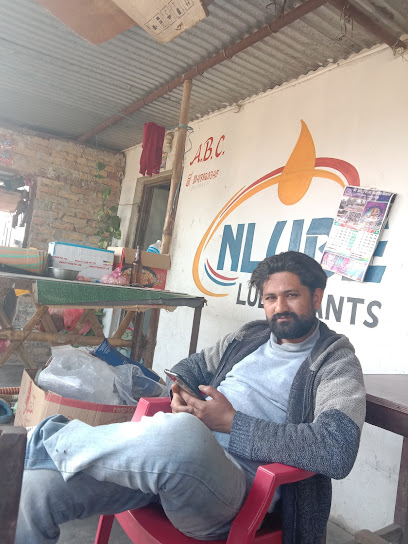
DEUKHURI VALLEY TRADERS AND WINE SHOP
Discover the charm of Deukhuri Valley Traders and Wine Shop, where local wines and a warm atmosphere await you in the heart of nature.
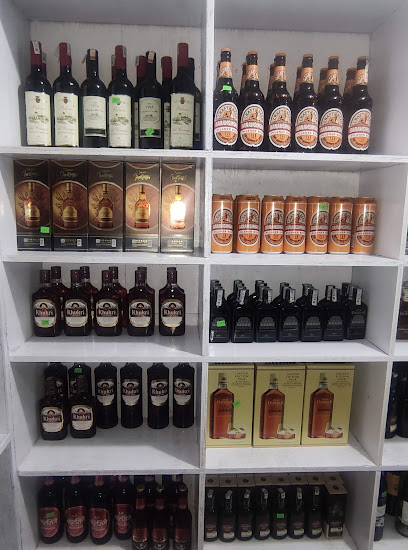
Chautari bar and restaurants
Experience the vibrant flavors of Ghorahi at Chautari Bar and Restaurant, where local cuisine meets a lively atmosphere.

Lumbini restaurant
Explore the flavors of Nepal at Lumbini Restaurant, a vibrant bar in Kapilvastu offering authentic local dishes and refreshing drinks.

Local Phrases
-
- Helloनमस्कार
[namaskār] - Goodbyeफेरि भेटौं
[pheri bhetauṁ] - Yesहो
[ho] - Noहोइन
[hoin] - Please/You're welcomeकृपया
[kṛipayā] - Thank youधन्यवाद
[dhanyavād] - Excuse me/Sorryमाफ गर्नुहोस्
[māpha garnuhos] - How are you?तपाईंलाई कस्तो छ?
[tapāīlāī kasto cha?] - Fine. And you?राम्रो छ। तिमीलाई?
[rāmro cha. timīlāī?] - Do you speak English?तिमी अंग्रेजी बोल्छौ?
[timī aṅgrejī bolchau?] - I don't understandम बुझिन
[ma bujhin]
- Helloनमस्कार
-
- I'd like to see the menu, pleaseमैले मेनु हेर्न चाहन्छु, कृपया
[maile menu hērn cāhanchu, kṛipayā] - I don't eat meatम भांसामा खान्न छैन
[ma bhānsāmā khānn chain] - Cheers!चियर्स!
[chiyars!] - I would like to pay, pleaseम तिर्न चाहन्छु, कृपया
[ma tirn cāhanchu, kṛipayā]
- I'd like to see the menu, pleaseमैले मेनु हेर्न चाहन्छु, कृपया
-
- Help!मदत!
[madat!] - Go away!दूर हिँड्नुहोस्!
[dūr hiṁḍnuhos!] - Call the Police!प्रहरीलाई बोलाउनुहोस्!
[praharīlā'ī bōlā'unuhos!] - Call a doctor!डाक्टरलाई बोलाउनुहोस्!
[ḍākṭaralā'ī bōlā'unuhos!] - I'm lostम गुमाएको छु
[ma gumāēkō chu] - I'm illम बिरामी छु
[ma birāmī chu]
- Help!मदत!
-
- I'd like to buy...म खरीद गर्न चाहन्छु...
[ma kharīd garn cāhanchu...] - I'm just lookingम सिर्जना गर्दैछु
[ma sirjanā gardaichu] - How much is it?यो कति हो?
[yo kati ho?] - That's too expensiveयो धेरै महँगो छ
[yo dherai mahangō cha] - Can you lower the price?के तपाईं मूल्य हाल्न सक्छन्?
[kē tapāīm̐ mūlya hāln sakchan?]
- I'd like to buy...म खरीद गर्न चाहन्छु...
-
- What time is it?कति बजेछ?
[kati bajēcha?] - It's one o'clockएक बजे छ
[ēka bajē cha] - Half past (10)दस बजे को आधा
[das bajē kō ādhā] - Morningबिहान
[bihān] - Afternoonदिउसो
[di'usō] - Eveningसाँझ
[sām̐jha] - Yesterdayहिजो
[hi'jō] - Todayआज
[āja] - Tomorrowभोली
[bhōlī] - 1एक
[ēka] - 2दुई
[du'ī] - 3तीन
[tīn] - 4चार
[cāra] - 5पाँच
[pā̃ca] - 6छ
[chha] - 7सात
[sāta] - 8आठ
[āṭha] - 9नौ
[nau] - 10दस
[das]
- What time is it?कति बजेछ?
-
- Where's a/the...?यहाँ कुनै... कहाँ छ?
[yahām̐ kunai... kahām̐ cha?] - What's the address?ठेगाना के हो?
[ṭhēgānā kē hō?] - Can you show me (on the map)?के तपाईं मलाई देखाउन सक्छनुहुन्छ (नक्सा मा)?
[kē tapāīm̐ malā'ī dēkhā'un sakchanuhun̐cha (naksā mā)?] - When's the next (bus)?अर्को (बस) कहाँ जान्छ?
[arkō (bas) kahām̐ jān̐cha?] - A ticket (to ....)एक टिकट (... मा)
[ēka ṭikaṭa (... mā)]
- Where's a/the...?यहाँ कुनै... कहाँ छ?
History of Lumbini
-
Lumbini is universally recognized as the birthplace of Siddhartha Gautama, who later became known as Buddha. According to Buddhist tradition, Queen Maya Devi gave birth to Siddhartha in 563 BCE in the Lumbini Garden. The site is marked by the Maya Devi Temple, which houses ancient ruins and a sacred pond where Maya Devi is said to have bathed before giving birth.
-
In 249 BCE, the Indian Emperor Ashoka visited Lumbini and erected a pillar to commemorate the birthplace of Buddha. The Ashoka Pillar stands as a testament to the emperor's conversion to Buddhism and his efforts to spread the teachings of Buddha. The pillar, inscribed with Brahmi script, provides crucial historical evidence of Lumbini's significance in ancient times.
-
Lumbini fell into obscurity for many centuries until it was rediscovered in 1896 by a team led by German archaeologist Dr. Alois Anton Führer and Khadga Samsher Rana. They identified the Ashoka Pillar, which confirmed the location as the birthplace of Buddha. This rediscovery sparked renewed interest and efforts to preserve and study the area.
-
In 1978, the United Nations launched the Lumbini Development Project to transform the historical site into a center of pilgrimage and tourism. The project, designed by Japanese architect Kenzo Tange, includes monasteries, gardens, and meditation centers built by various Buddhist traditions from around the world. This has helped Lumbini to become a vibrant hub of Buddhist culture and spiritual practice.
-
In 1997, Lumbini was designated as a UNESCO World Heritage Site. This recognition has helped to preserve the archaeological and cultural heritage of Lumbini, attracting scholars, pilgrims, and tourists from around the globe. The UNESCO status has also facilitated international cooperation in the ongoing conservation and development of the area.
-
Today, Lumbini is one of the most important pilgrimage sites for Buddhists around the world. The Sacred Garden, which is home to the Maya Devi Temple, the Ashoka Pillar, and various ancient stupas and monasteries, continues to attract visitors seeking spiritual enrichment and historical insight. The surrounding area is a blend of tranquility and reverence, offering a unique cultural experience.
Lumbini Essentials
-
Lumbini is located in the Rupandehi District of Nepal, near the Indian border. The nearest international airport is Tribhuvan International Airport in Kathmandu, approximately 280 kilometers away. From Kathmandu, you can take a domestic flight to Gautam Buddha Airport in Bhairahawa, which is about 22 kilometers from Lumbini. Alternatively, you can travel by bus or hire a private car from Kathmandu or other major cities like Pokhara. The journey by road typically takes around 7 to 9 hours depending on traffic and road conditions.
-
Within Lumbini, the best way to get around is by renting a bicycle or an electric rickshaw. Many of the main attractions, including the Sacred Garden and various monasteries, are located within a relatively compact area. Local taxis and auto-rickshaws are also available for longer distances. For an eco-friendly option, consider walking or renting a bicycle to explore the Lumbini Development Zone.
-
The official currency in Nepal is the Nepalese Rupee (NPR). While some hotels and larger establishments in Lumbini accept credit cards, it is advisable to carry cash, especially when dealing with smaller vendors and local markets. ATMs are available in Bhairahawa and Lumbini, but it's a good idea to withdraw sufficient cash in larger cities like Kathmandu to ensure you have enough funds for your trip.
-
Lumbini is generally considered a safe destination for tourists. However, it is always wise to take standard safety precautions. Avoid walking alone at night in poorly lit areas and keep an eye on your belongings in crowded places. While Lumbini does not have significant high-crime areas targeting tourists, it is always best to stay vigilant and aware of your surroundings.
-
In case of emergency, dial 100 for police assistance and 102 for medical emergencies. The Lumbini Zonal Hospital in Bhairahawa is the nearest major medical facility. It is advisable to have travel insurance that covers medical emergencies. For minor health issues, there are several pharmacies in Lumbini where you can purchase over-the-counter medications.
-
Fashion: Do dress modestly, especially when visiting religious sites. Avoid wearing revealing clothing. Religion: Do respect local customs and traditions. Always remove your shoes and cover your head when entering temples and monasteries. Public Transport: Do be respectful and give up your seat to elderly passengers. Don't eat or drink on public transport. Greetings: Do greet people with a 'Namaste' by joining your palms together. A slight bow of the head is also a sign of respect. Eating & Drinking: Do try local delicacies and accept food offerings graciously. Don't refuse hospitality, as it is considered impolite.
-
To experience Lumbini like a local, visit the local markets where you can buy fresh produce and traditional Nepalese goods. Engage with locals, as they are often friendly and willing to share stories about the area's history and culture. Don't miss visiting the Maya Devi Temple, the supposed birthplace of Buddha, and explore the various international monasteries built by different countries. For a unique experience, take a peaceful walk around the Sacred Garden early in the morning.
Trending Landmark in Lumbini
-
Maya Devi Temple
-
World Peace Pagoda
-
Hill Park
-
Rani Mahal
-
Thai Monastery
-
Birthplace of Gautama Buddha
-
Myanmar Golden Temple
-
Lumbini Bus Park
-
Jitgadi Fort - National Heritage
-
Cambodia Lumbini Buddhist Temple
-
Lumbini Village Lodge
-
Buddha Maya Hotel Palace Pvt. Ltd.
-
Dhamma Janani Vipassana Meditation Centre
-
Kapilvastu Museum
-
Hotel Suramma
Nearby Cities to Lumbini
-
Things To Do in Pokhara
-
Things To Do in Bandipur
-
Things To Do in Chitwan
-
Things To Do in Gorkha
-
Things To Do in Lucknow
-
Things To Do in Kathmandu
-
Things To Do in Patan
-
Things To Do in Bhaktapur
-
Things To Do in Nagarkot
-
Things To Do in Kanpur
-
Things To Do in Varanasi
-
Things To Do in Patna
-
Things To Do in Namche Bazaar
-
Things To Do in Agra
-
Things To Do in Gwalior








